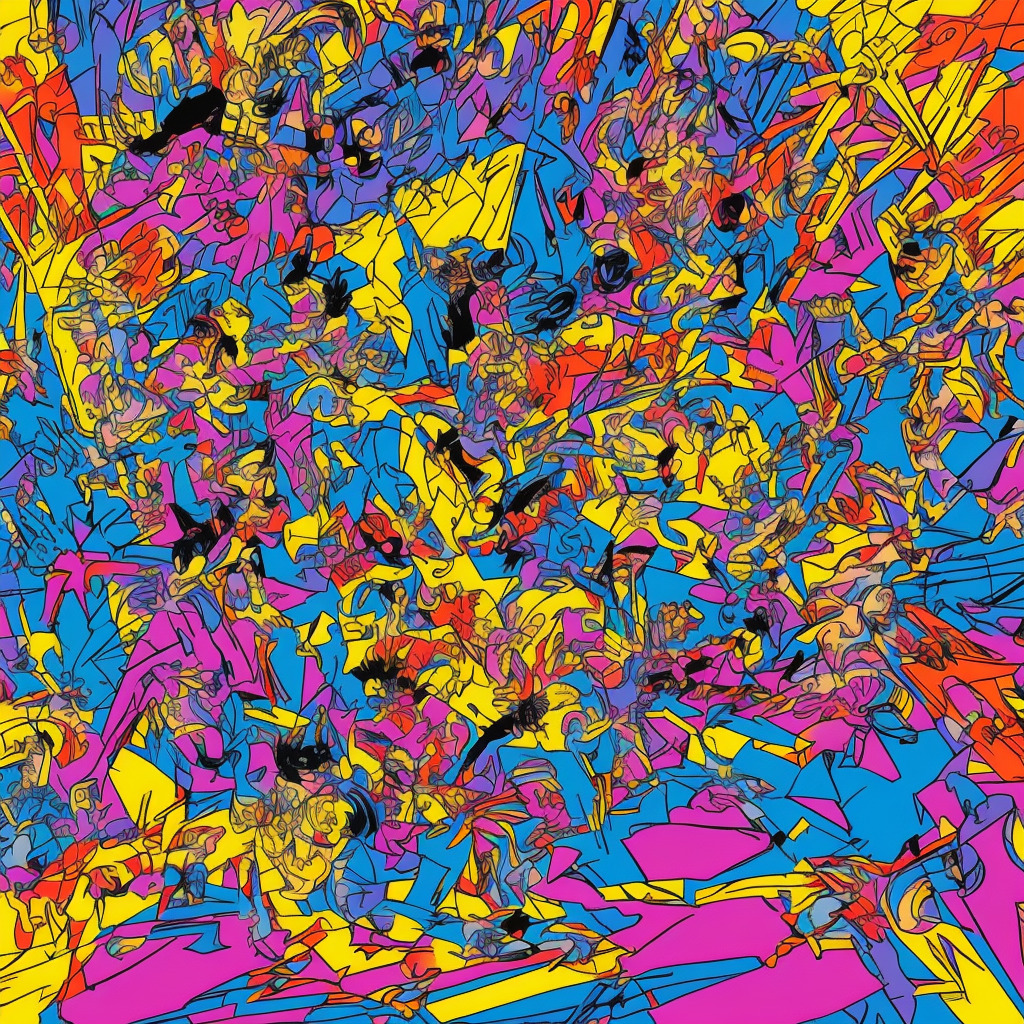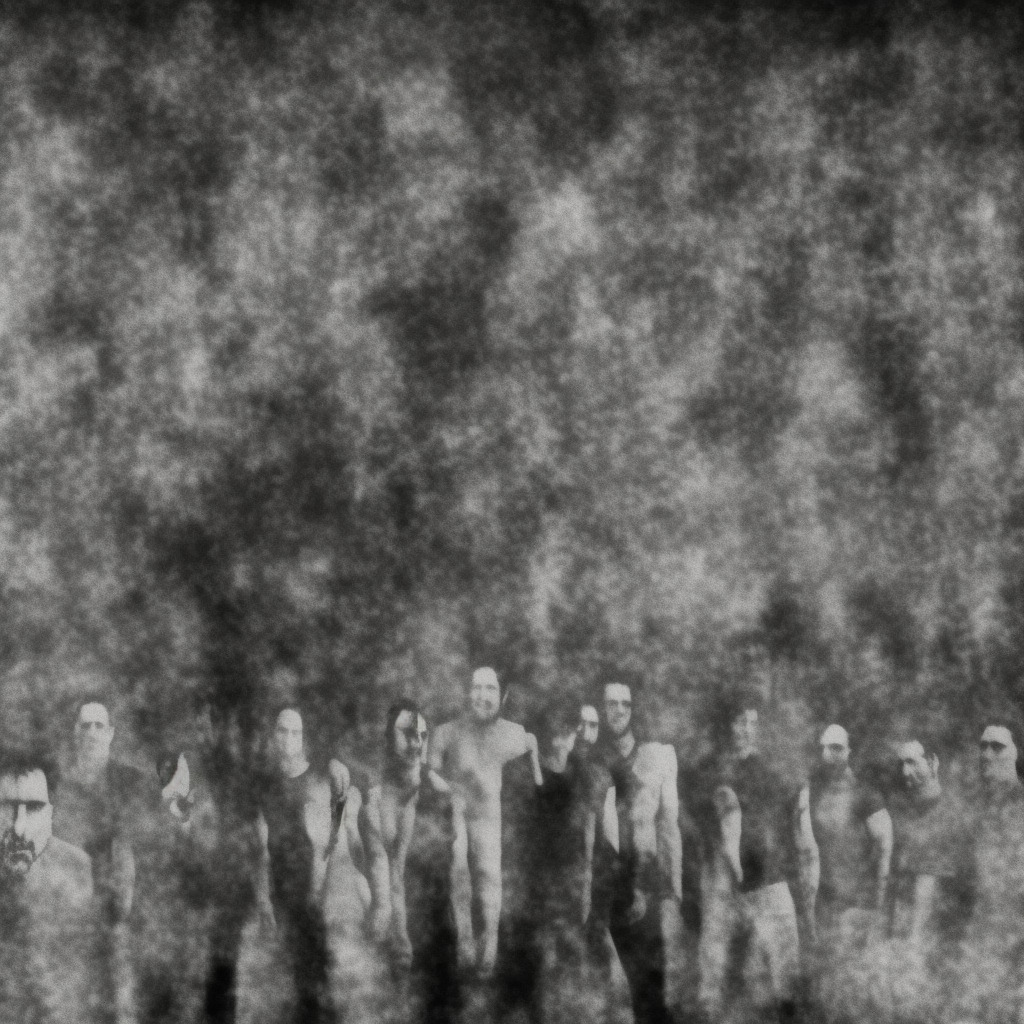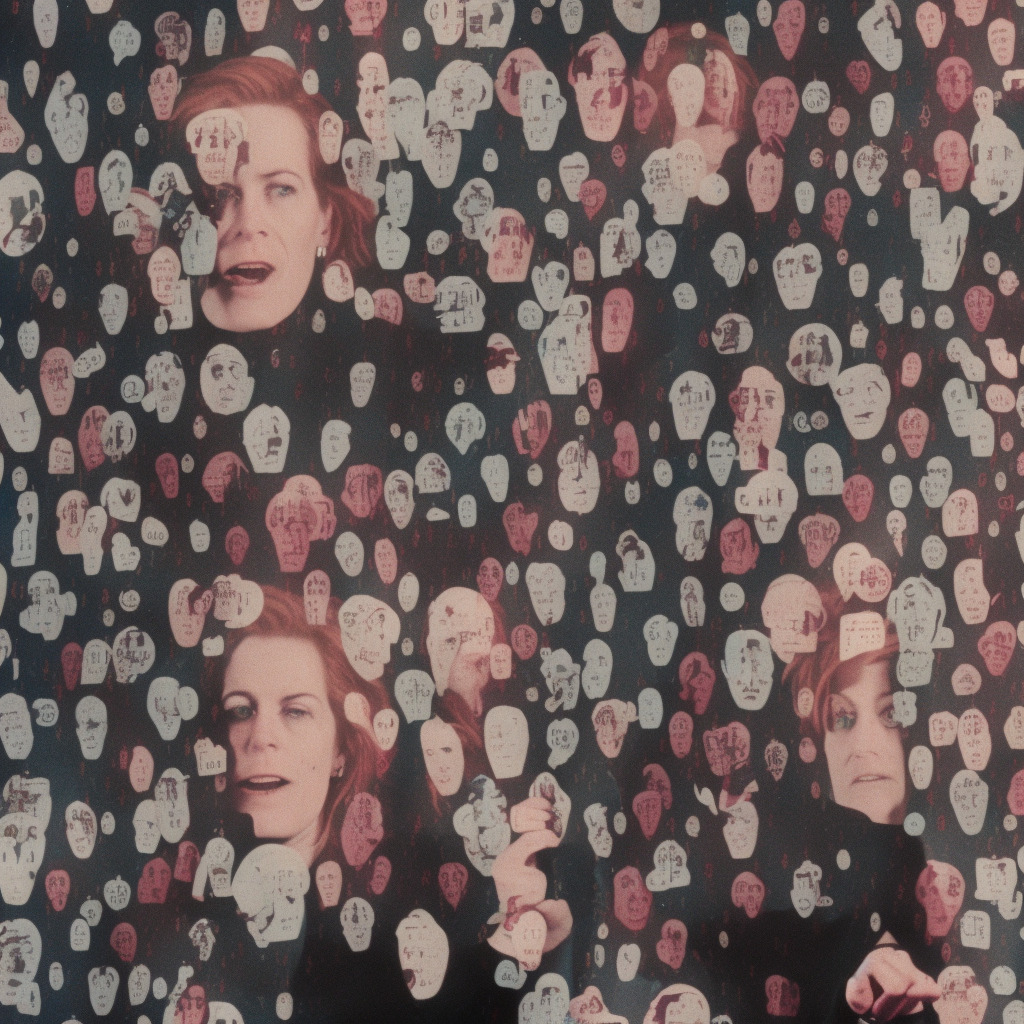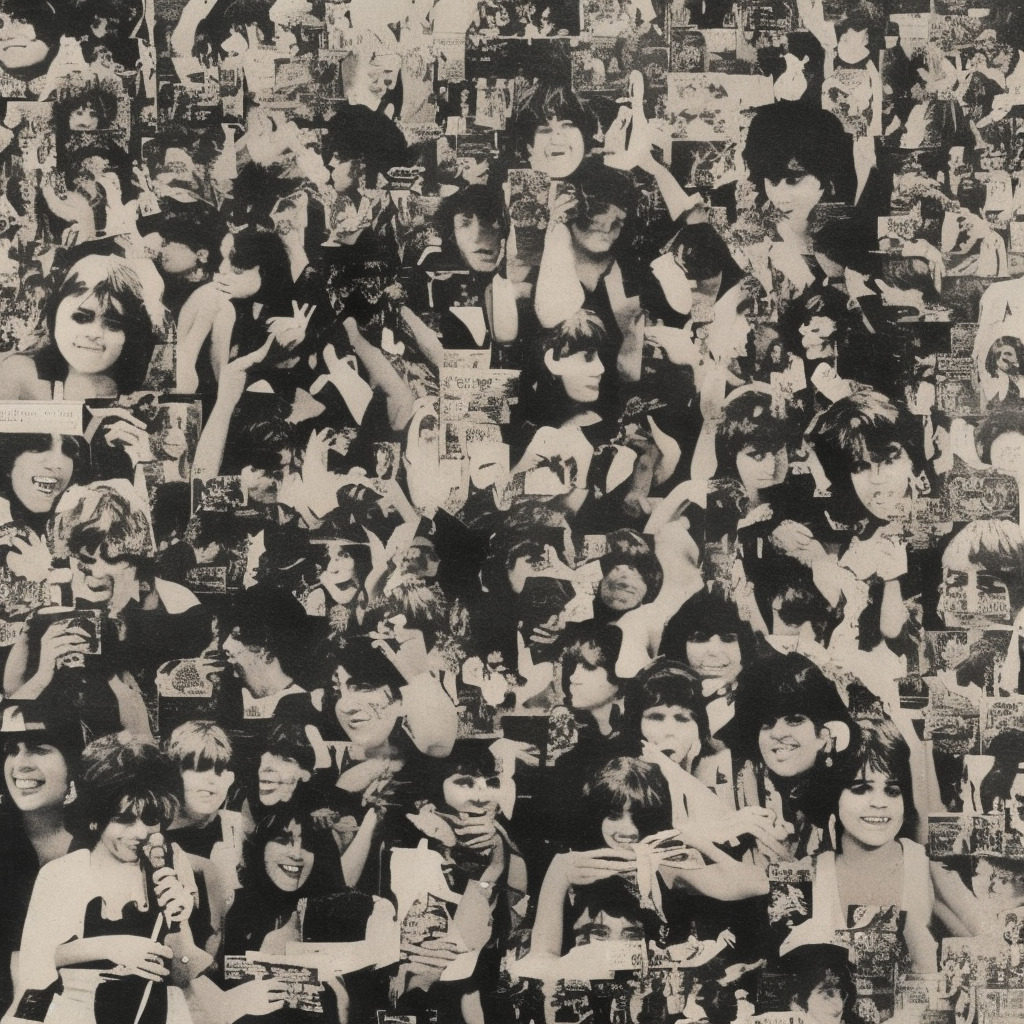 Did you know? “Take on Me” by A-ha was a sleeper hit!
Did you know? “Take on Me” by A-ha was a sleeper hit!  It took 3 releases to finally reach #1 in the US!
It took 3 releases to finally reach #1 in the US!  Talk about persistence!
Talk about persistence!  Keep on rocking, A-ha!
Keep on rocking, A-ha!  #TakeOnMe #80sClassic #AhaFacts #MusicTrivia Read about it: tinyurl.com/4e275579
#TakeOnMe #80sClassic #AhaFacts #MusicTrivia Read about it: tinyurl.com/4e275579Norwegian Synth-pop Sensation: A Dive into A-ha’s Impact
“Synth-pop supremacy: A-ha’s groundbreaking ‘Take on Me’ transcends time and geography, solidifying their unforgettable impact on 80s music and beyond.”

It’s difficult to talk about the world of synth-pop in the mid-80s without mentioning A-ha, the Norwegian band that took the music scene by storm with their timeless hit, “Take on Me.” Formed in 1982 by members Morten Harket, Magne Furuholmen, and Pål Waaktaar-Savoy, the trio would go on to become one of the most influential acts of their time, leaving an indelible mark on the landscape of popular music.
“Take on Me,” which was released in 1984, is undoubtedly one of A-ha’s most iconic songs. The track’s infectious blend of synth-driven melodies and soaring vocals not only captured the hearts of listeners worldwide but also showcased the group’s ability to create music that transcended cultural and geographical boundaries. The song’s music video, which masterfully blended live-action and illustration through a rotoscoping technique, is equally memorable and contributed significantly to the group’s meteoric rise to stardom. It is no wonder that both the song and its video have stood the test of time, remaining beloved icons of 80s pop culture.
While A-ha’s success was undeniable, it is worth noting that the band did face criticism for their seemingly formulaic approach to songwriting. Some critics argued that the group relied too heavily on the synth-pop sound that dominated the 80s, resulting in a lack of diversity within their discography. However, this critique arguably overlooks the incredible talent possessed by its members, particularly Morten Harket’s impressive vocal range and the band’s ability to create memorable and emotionally resonant pop songs.
Throughout their career, A-ha has been recognized in various ways for their contributions to the music industry. “Take on Me” earned them a 1986 MTV Video Music Award for Best New Artist in a Video, and in 1987 they secured a victory in the Spellemannprisen (Norwegian Grammy Awards) for Pop Group of the Year. Moreover, A-ha has sold over 55 million albums and singles worldwide, a testament to their enduring appeal and the significant impact they’ve had on popular music.
In summary, A-ha continues to hold a special place in the hearts of music lovers thanks to their iconic hit, “Take on Me.” Their blend of catchy synth-pop melodies, innovative music videos, and undeniable talent have secured their spot as one of the most influential acts of the 80s. While their musical style may have faced some criticism, their legacy and influence on subsequent generations of musicians and fans cannot be denied.
Charting the Course of a Timeless Tune
“Take on Me”: From Chart Struggles to Timeless Triumph, A-ha’s Iconic Tune Conquers the World and Leaves a Lasting Legacy in Music History.

“Take on Me” was released as a single on October 19, 1984, marking the beginning of its journey on the music charts. However, it wasn’t until its second release on September 16, 1985, with an iconic music video, that the song began its true ascent to success.
Initially, the song struggled to find its footing, entering the UK Singles Chart at a modest position of #84 in October 1984. The re-release in 1985, however, saw “Take on Me” sprinting up the charts, reaching its peak position at #2 in the UK on October 27, 1985.
Across the pond, A-ha found similar success. “Take on Me” first entered the US Billboard Hot 100 chart at #91 on July 13, 1985. From there, the track climbed steadily and, after 19 weeks on the chart, reached the coveted #1 position on October 19, 1985 – exactly one year after its initial release. The song spent a total of 27 weeks on the Hot 100 chart, proving its endurance and popularity among American listeners.
In fact, “Take on Me” became a chart-topping hit in several countries, including A-ha’s native Norway, where it peaked at #1 in 1985. It also reached the top 10 in countries such as Ireland, Canada, Austria, and Germany, further solidifying the song’s global success.
Beyond its chart positions, “Take on Me” also amassed several accolades. The song won the 1986 MTV Video Music Award for Best New Artist in a Video and was nominated for Best Concept Video, Most Experimental Video, and Best Overall Performance. Additionally, the single achieved Gold certification in the UK and Platinum status in the US, selling over 500,000 and 1,000,000 copies, respectively.
The song’s lasting popularity is evident in the numerous covers and reinterpretations it has inspired, as well as its continued presence in various media forms, from films and TV shows to commercials and video games. With its catchy melody and unforgettable music video, “Take on Me” has undoubtedly secured its place in music history.
Delving into the Lyrics of a Pop Classic
Take me on (take on me)
I
An Iconic Music Video: The Art and Impact of “Take on Me”
“Take on Me” – a groundbreaking fusion of live-action and animation that revolutionized music videos and captured hearts with its captivating love story.
When discussing “Take on Me” by A-ha, it’s impossible not to mention its groundbreaking and iconic music video. Directed by Steve Barron, who had previously directed videos for Michael Jackson, Toto, and Madonna, the video for “Take on Me” is a perfect blend of live-action and animation that has left a lasting impression on the music industry and pop culture.
The music video, released in 1985, tells a love story between A-ha’s lead singer Morten Harket and a young woman portrayed by actress Bunty Bailey. The story unfolds through a combination of live-action and pencil-sketch animation, known as rotoscoping, an effect which was created by the talented Michael Patterson and Candace Reckinger. Over 3,000 individual drawings were done by hand to achieve this visual effect, a labor-intensive process that took approximately 16 weeks to complete.
The video’s budget was reported to be around £100,000, which was quite significant for the time. However, the investment paid off as the video’s innovative style caught the attention of viewers and helped propel the song to the top of the charts. The “Take on Me” music video won six awards at the 1986 MTV Video Music Awards, including Best New Artist in a Video, Best Concept Video, Most Experimental Video, Best Direction, Best Special Effects, and Viewer’s Choice.
One of the most memorable moments from the video occurs when the animated Morten Harket reaches out from the pages of a comic book to pull the live-action character Bunty Bailey into his animated world. This iconic scene has been replicated and parodied in various forms of media, including an episode of “Family Guy,” solidifying its impact on popular culture.
The artistic approach of the “Take on Me” video has had a lasting influence on the music industry and the art of music videos. It has inspired countless artists and directors to push the boundaries of visual storytelling, and it continues to be remembered as one of the most iconic and creative music videos of all time.
Meet the Mastermind Behind “Take on Me”
The iconic song “Take on Me” was brought to life by the genius composer, Magne Furuholmen. He is a multi-talented musician who played keyboards and guitar for the Norwegian synth-pop band A-ha. His exceptional songwriting skills are not limited to just “Take on Me”; he also co-wrote other notable hits for the band, such as “The Sun Always Shines on TV,” “Hunting High and Low,” and “Manhattan Skyline.” Furuholmen’s unique ability to blend catchy melodies with powerful lyrics has secured his place in the annals of modern music history. Even after A-ha’s initial success, Magne Furuholmen continued to make his mark in the music industry, collaborating with various artists and releasing his solo album, “Past Perfect Future Tense,” in 2004. His enduring impact on the world of pop music remains undeniable.
A Legacy of Accolades, Appearances, and Covers
“Take on Me” – a timeless masterpiece with a legacy of awards, widespread media appearances, and diverse cover renditions that transcend genres.
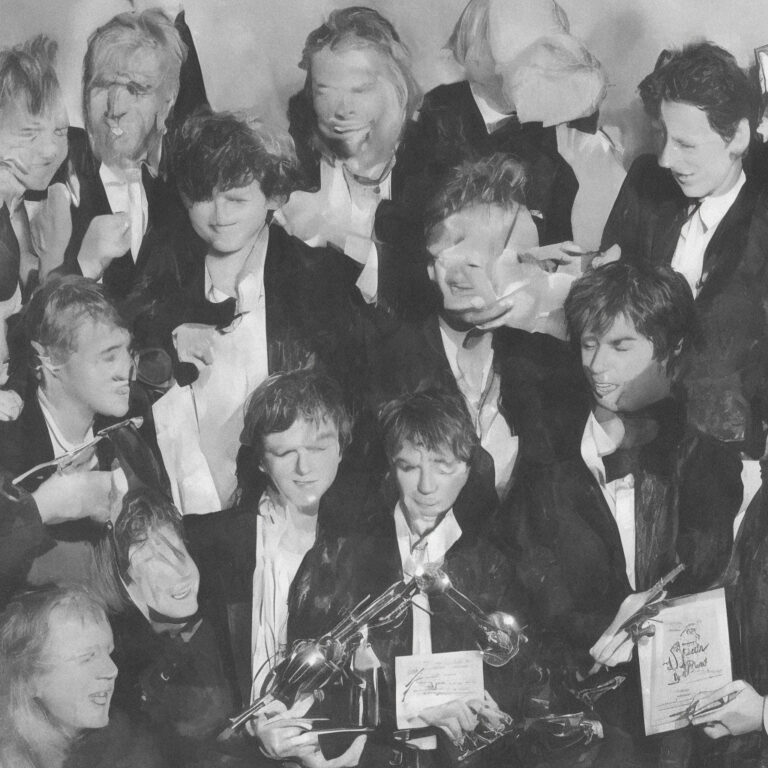
When it comes to awards and accolades, “Take on Me” has proven to be an undeniable force in the music world. The song received two MTV Video Music Awards in 1986, winning for Best New Artist and Best Special Effects. Additionally, it was nominated for Best Art Direction, Best Concept Video, Most Experimental Video, and Viewer’s Choice. The iconic music video also earned A-ha a Grammy nomination for Best Music Video in 1987. In 2013, Rolling Stone listed the song at number 24 in their countdown of the top 100 best music videos of all time.
“Take on Me” has been utilized in various forms of media over the years, including movies, television, and video games. For example, the song appeared in the 2010 film “Despicable Me,” where it was sung by the main character Gru, voiced by Steve Carell, and in the 2016 movie “Sing Street” as a celebration of the 1980s music scene. Television shows such as “Family Guy,” “South Park,” and “The Simpsons” have also featured the tune in various episodes. In addition, the song has been included in popular video games, like “Grand Theft Auto: Vice City” and “Rock Band.”
As for cover versions, “Take on Me” has transcended genres and has been reimagined by various artists over the years. Notable covers include Reel Big Fish’s ska rendition, which was featured in the 1998 movie “BASEketball,” and a haunting acoustic cover by singer-songwriter AURORA for the 2018 film “Deadpool 2.” The song has also been tackled by pop-punk band Weezer, pop artists A1, and the metalcore band Cap’n Jazz, showcasing the song’s ability to appeal to diverse audiences.
Throughout its history, “Take on Me” has received numerous accolades, appeared in movies, TV shows, and video games, and has been covered by an array of musicians from different genres. The song’s lasting appeal and impact on pop culture continue to be a testament to the creative genius that brought it to life.
Dissecting the Musical Elements
Delving into the musical structure of “Take on Me,” it becomes clear why this song has become a classic and remains popular to this day. The track is written in the key of A Major and has a tempo of 168 beats per minute (BPM), giving it an upbeat and energetic feel. It features a catchy, syncopated synth riff that is instantly recognizable and plays a crucial role in the song’s overall appeal.
The chord progression of “Take on Me” is relatively simple and consists of a I-IV-V-IV pattern (A-D-E-D) throughout the verses, while the chorus follows a I-V-VI-III-IV (A-E-F#m-C#m-D) progression. This straightforward structure contributes to the song’s catchy nature and easy memorability. Additionally, the use of major chords gives the song a positive and uplifting mood, which is further enhanced by the bright and crisp production.
One of the most notable aspects of “Take on Me” is Morten Harket’s impressive vocal range. The verses feature a comfortable range for the singer, but the chorus sees him soaring to an incredible high note, hitting an E5 in full voice. This dramatic vocal moment is one of the key factors that set the song apart from other pop tunes of the era and adds an element of surprise and excitement.
The instrumentation of “Take on Me” is a perfect example of 80s synth-pop, with the Roland Juno-60 synthesizer playing a prominent role. The iconic synth riff that opens the song and continues throughout the track adds a layer of rhythmic complexity and melodic interest. The driving bass line and tight drum programming work together to create a solid foundation for the song, propelling it forward and maintaining its high energy.
In summary, the timeless appeal of “Take on Me” can be attributed to its catchy melody, memorable synth riff, and impressive vocal performance. The song’s simple yet effective chord progression, combined with its upbeat tempo and 80s production, make it a classic that continues to resonate with listeners today.

